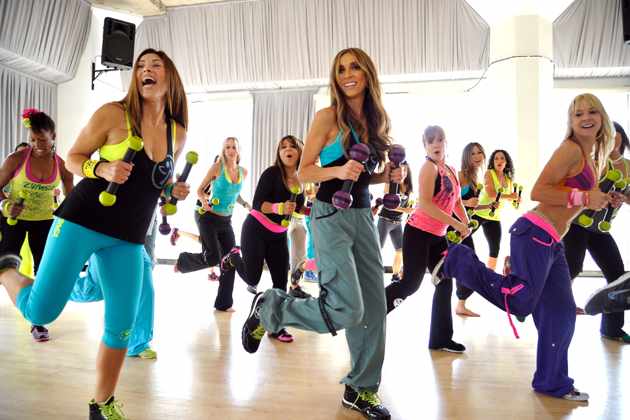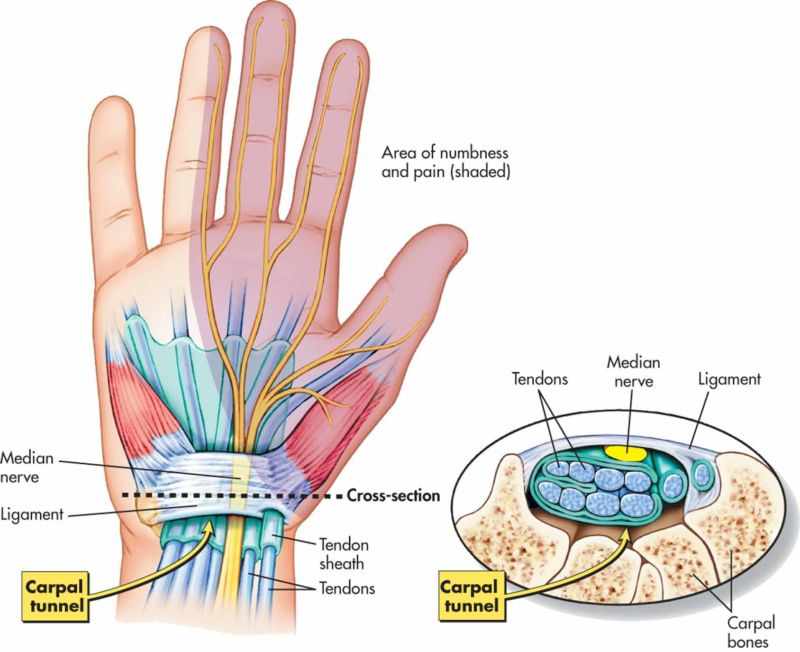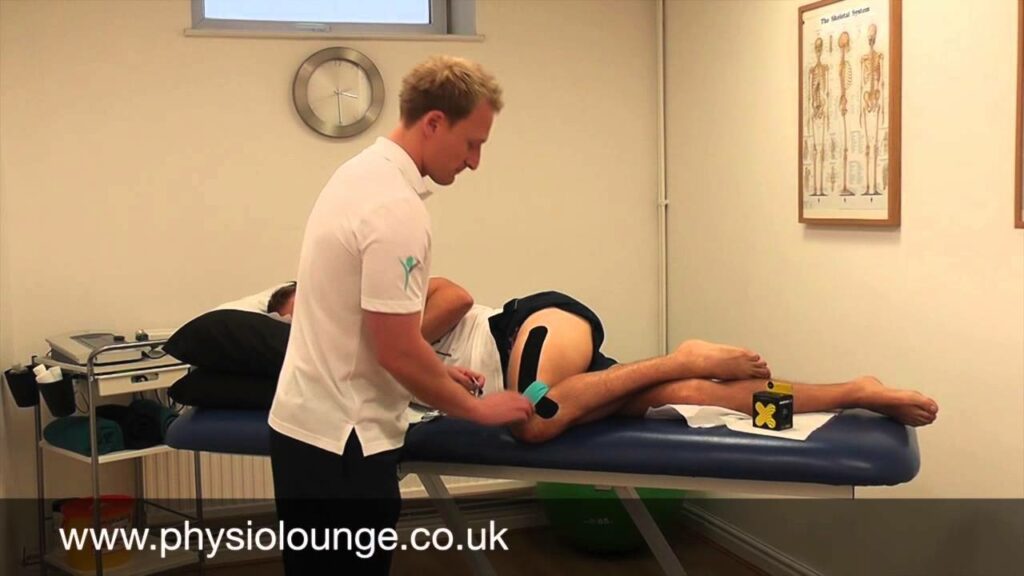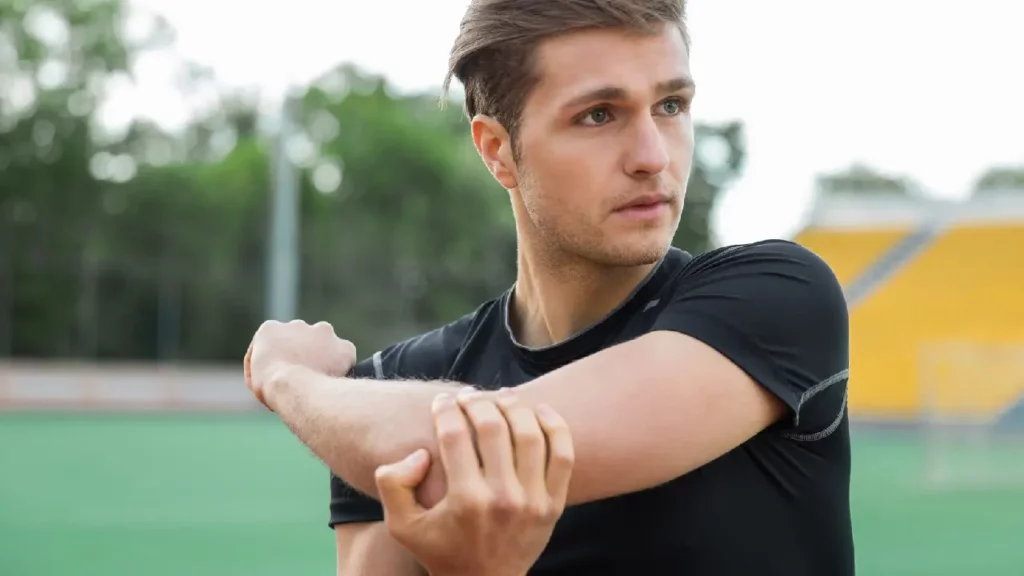Introduction
Carpal tunnel syndrome …it’s a lot like Zumba. You’ve heard of it but you’ve no idea what it is! Well, I’ve no idea what Zumba is, but it looks a bit like this…

Lots of women in brightly coloured clothes, sweating, smiling, and then sweating some more all in the pursuit of physical fitness! A somewhat limited understanding I will admit so lets just stick to Carpal Tunnel Syndrome.
What is the Carpal Tunnel?
As you’ll see from the diagram, the carpal tunnel is a structure comprised of the small bones of the wrist (carpal bones) and a thick ligamentous structure called the flexor retinaculum. Through this tunnel passes blood vessels, tendons and the median nerve. The carpal tunnel provides a degree of protection to these structures.

So what is Carpal Tunnel Syndrome?
Carpal tunnel syndrome is a condition that develops when the median nerve is compressed within the tunnel itself. This can be as a result of mechanical pressure or because of pressure build up due to fluid in the space.
Causes
It can affect anyone, but it’s more prevalent in females in the 40+ bracket. The causes are relatively unknown.
There are some factors that increase the likelihood of developing carpal tunnel syndrome:
- rheumatoid arthritis
- pregnancy
- thyroid disease
- wrist trauma
Symptoms
The main feature is pins and needles extending into the hand. Specifically into the thumb, index and middle finger. Commonly the symptoms are worse at night and have a tendency to wake you up. The symptoms can also appear after long periods of compression like prolonged working postures.
Due to the nerve compression it’s possible for the muscles around the base of the thumb to waste, and in severe cases a person can lose strength and control.
How can physiotherapy help with Carpal Tunnel Syndrome?
We can offer advice with regard to activity modification and work postures. Often some of the simplest and most straight forward alterations to posture and work position will have dramatic effect on symptoms.
Utilising a splint to maintain good wrist position can be helpful. This will open up the space in the carpal tunnel and reduce pressure on the structures within it. Particularly useful at night to prevent the wrist from adopting a flexed position. It is important to get professional advice regarding this so that the fit and position of the brace is appropriate.
Functional movement screening – this helps us to assess movement patterns and faults that may predispose a person to injury. For example, with regard to carpal tunnel syndrome there be a fault around the elbow or shoulder girdle which causes the wrist to be overloaded.
Acupuncture can help to give a degree of symptomatic relief in a lot of cases. However, it should be taken on a case by case basis and is by no means a ‘cure’ for Carpal Tunnel Syndrome. It is useful to include as part of a treatment plan.
What about surgery?
In some cases the symptoms will not settle and surgery is required. The operation is performed as a day case procedure and generally speaking offers a good deal of success. We would refer to Mr Mike Hayton and you can find more information about the surgical options on his website.
So… Carpal Tunnel Syndrome isn’t half as mysterious as Zumba, and whilst it may not be the easiest problem to treat, there is certainly a lot of benefit with physiotherapy treatment long before you consider surgical intervention!



